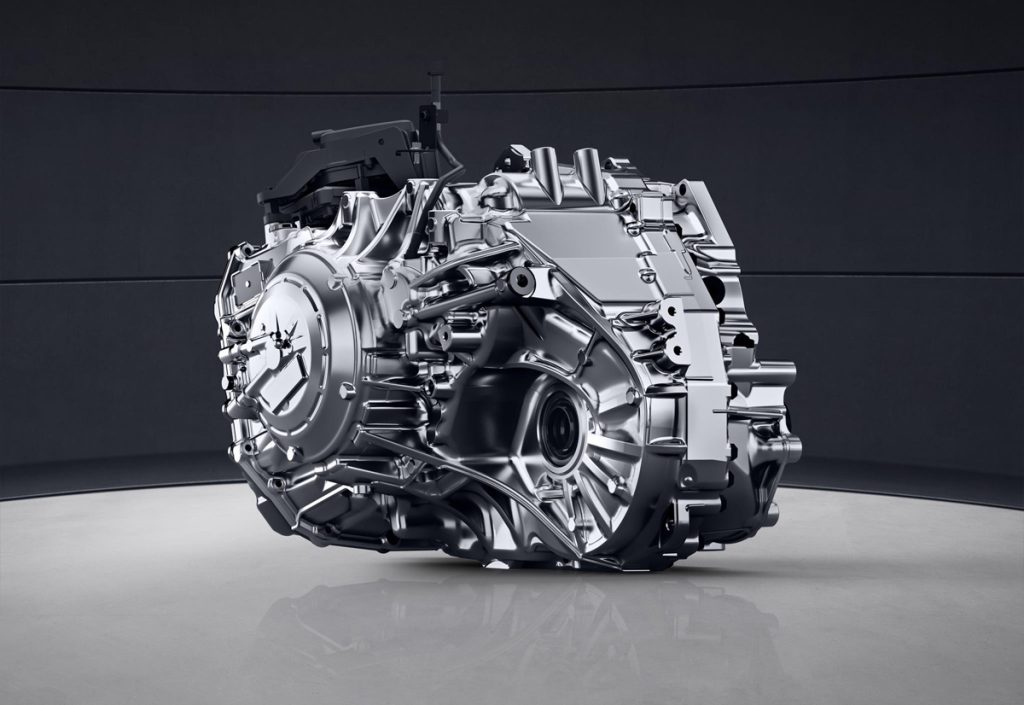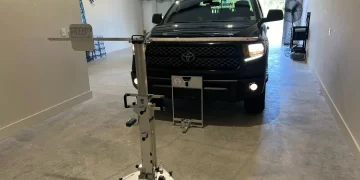The transmission system in a vehicle plays a crucial role in transferring power from the engine to the wheels, allowing the vehicle to move. Whether a vehicle has a manual transmission or an automatic transmission significantly impacts its driving experience, fuel efficiency, and performance. Understanding how to identify the type of transmission and the differences between manual and automatic systems is essential for car buyers, enthusiasts, and drivers who want to make the most out of their vehicles.
This article will help you understand how to identify the transmission type in a car and explain the key differences between manual and automatic transmissions.
1. How to Determine the Type of Transmission in a Car?
There are several ways to determine whether a car has a manual transmission or an automatic transmission:
a. Look at the Gear Shifter:
The most obvious way to identify the transmission type is by examining the gear shifter (also known as the gear stick, gear lever, or shifter).
- Manual Transmission: In a car with a manual transmission, the gear shifter usually has 5 or 6 gears (sometimes 7 in performance cars) arranged in an H-pattern or a dogleg pattern. The driver must manually shift gears by pressing the clutch pedal (located to the left of the brake pedal) and moving the gear stick into the desired gear. There is no “P” (Park) gear, and the shifter typically moves in a pattern like 1-2-3-4-5 or R (reverse), with no electronic assistance to shift gears.
- Automatic Transmission: In cars with an automatic transmission, the gear shifter typically includes options like P (Park), R (Reverse), N (Neutral), D (Drive), and sometimes L (Low) or S (Sport). Automatic transmissions don’t require the driver to manually shift gears, as they change gears automatically depending on the vehicle’s speed and engine load. Some automatic cars have a manual mode or semi-automatic option that allows the driver to shift gears manually using either the gear shifter or paddles behind the steering wheel, but the car still automates the gear transitions for you.
b. Check for a Clutch Pedal:
- Manual Transmission: Manual transmission cars are equipped with three pedals: the accelerator (gas), the brake, and the clutch. The clutch pedal is located to the left of the brake pedal. The clutch must be depressed by the driver to disengage the engine from the wheels, allowing them to shift gears.
- Automatic Transmission: Cars with an automatic transmission only have two pedals: the accelerator and the brake. There is no clutch pedal in an automatic car, as the system automatically engages and disengages the gears for the driver.
c. Look for the Transmission Gear Indicator on the Dashboard:
Many modern cars have an indicator on the dashboard that displays the current gear. This can help determine the transmission type.
- Manual Transmission: If the car has a manual transmission, the gear indicator typically shows the gear number (e.g., 1, 2, 3, 4, 5), and it might be labeled as “M” for manual or a similar indicator.
- Automatic Transmission: In vehicles with automatic transmission, the gear indicator will show options like P, R, N, and D. Some cars also have a “+” and “–” or S (Sport mode) next to the gear position, allowing for manual shifting when in a semi-automatic or manual mode.
d. Check the Car’s Specifications or Owner’s Manual:
If you’re still unsure about the type of transmission, check the car’s owner’s manual or look up the car’s specifications online. The transmission type is typically listed as part of the technical details for the vehicle.
2. What’s the Difference Between Manual and Automatic Transmissions?
The primary difference between manual and automatic transmissions is how the gears are changed and the level of control the driver has over the vehicle’s shifting process.
a. Manual Transmission (MT):
A manual transmission, often called a stick shift, requires the driver to manually engage and disengage gears by pressing the clutch pedal and moving the gear lever.
Key Characteristics:
- Driver-Controlled Shifting: The driver must press the clutch pedal and shift the gears manually, making it more hands-on and engaging.
- Three Pedals: Manual transmission cars have three pedals: accelerator, brake, and clutch.
- Higher Engagement: Because the driver is directly involved in changing gears, many drivers enjoy the control and connection they feel with the vehicle.
- Fuel Efficiency: In the past, manual transmissions were often more fuel-efficient than automatics, as they offered more direct control over engine power. However, with modern automatic systems, this difference has diminished.
- Learning Curve: Learning to drive a manual car can be challenging, as it requires coordination between the clutch and the gear lever. Shifting at the right time and avoiding stalling the engine takes practice.
Pros:
- More control over gear shifting, especially in specific driving conditions (e.g., steep hills, driving in snow).
- Typically, a more engaging driving experience.
- Often cheaper to maintain than automatic transmissions.
Cons:
- Can be more difficult to drive in heavy traffic due to constant shifting.
- Requires more effort, especially on longer trips.
- Not as convenient or accessible for all drivers (e.g., those with mobility issues).
b. Automatic Transmission (AT):
An automatic transmission automatically shifts through gears based on speed, engine load, and other factors, requiring no input from the driver other than accelerating or braking. In most automatic transmissions, the system uses a torque converter or dual-clutch system to manage gear shifting.
Key Characteristics:
- Automatic Shifting: The transmission automatically shifts gears as the car accelerates, decelerates, or comes to a stop. The driver only needs to control the brake and accelerator.
- Two Pedals: Automatic transmission cars have two pedals: accelerator and brake.
- Ease of Use: Automatics are easier to drive, especially for beginners or those who struggle with the coordination required in manual transmissions.
- Fuel Efficiency: Modern automatic transmissions (especially CVTs and DCTs) can be just as efficient, if not more so, than manual transmissions due to advanced technology.
Pros:
- Easier and more convenient to drive, especially in traffic or stop-and-go conditions.
- No need for constant shifting, making it less demanding for drivers.
- More widely available, with many more options in terms of vehicle models and types.
Cons:
- Typically more expensive to maintain and repair than manual transmissions.
- Less engaging for some drivers, as there is no direct control over gear shifting.
- Often slightly less fuel-efficient than manual transmissions (though this gap has narrowed with advancements in technology).
c. Other Types of Automatic Transmissions:
In addition to the traditional automatic transmission, there are some variations that offer different driving experiences:
- CVT (Continuously Variable Transmission): Unlike traditional automatics, which use fixed gears, CVTs use a system of pulleys and belts to seamlessly vary the gear ratio. This results in a smoother ride and better fuel efficiency, but some drivers feel it lacks the “shifting” feel of traditional transmissions.
- Dual-Clutch Transmission (DCT): A DCT is essentially a hybrid between manual and automatic transmissions. It uses two clutches to pre-select gears for faster shifts, making it more performance-oriented. While it’s technically an automatic transmission, the driver can choose to manually shift gears in some systems.

3. Which is Better: Manual or Automatic?
The decision between manual and automatic transmissions depends on personal preference, driving style, and intended use of the vehicle.
- Manual Transmission: Ideal for those who enjoy a more hands-on, engaging driving experience and are comfortable with the coordination required for shifting gears. It can be better for driving in challenging conditions like mountain roads or off-roading, where having direct control over shifting is beneficial.
- Automatic Transmission: A better choice for those seeking ease of use, convenience, and comfort, particularly in heavy traffic. With technological advances, automatic transmissions now offer comparable or superior performance in terms of fuel economy and shifting speed, making them a popular option in most vehicles.
4. Conclusion:
Identifying the transmission type in a car is relatively simple by checking the gear shifter, pedal setup, or car specifications. The main difference between manual and automatic transmissions lies in how gears are changed and the level of control the driver has. Manual transmissions offer more control and an engaging driving experience, while automatic transmissions provide ease of use and convenience. Each transmission type has its advantages and drawbacks, and the best choice depends on the driver’s preferences, driving habits, and the specific vehicle.


































Discussion about this post